One More 50mm
The Zeiss Makro-Planar T* 2/50mm is both the fourth 50mm lens I have reviewed in a year as well as the fourth lens from Zeiss that I have reviewed this year. So, from both perspectives I have a fairly good frame of reference. The 50mm focal range is often called a “normal” lens because it provides a perspective on a full frame (35mm) SLR roughly equivalent to a persons natural field of vision. Because of this it is one of the easiest focal lengths for many people to compose with; they natural “think” in 50mm terms. As you go to the extremes in either direction from this prime meridian many people will find it increasingly difficult to compose and visualize. As a result, 50mm lenses have become staples for many photographers and are very popular lenses. Including now “vintage” lenses, I have personally used no less than a dozen prime lenses in the 50mm range and probably more like 15. I have owned multiple copies of both Canon’s f/1.8 and f/1.4 variants. I mentioned all of this to say that I have yet to find any 50mm lens that I like as well as my Canon EF 35mm f/2 IS for its combination of optics, form factor, and accuracy of focus. Still, this Zeiss makes a compelling argument for itself in a number of ways.
Let us first get out of the way the elephant in the room when you discuss any Zeiss lens other than some of the Zeiss branded Sony products (which, by the way, are often not really the same thing); this is a manual focus only lens. I recognize that for many people the discussion ends there. And, truthfully, even for those of us who are comfortable with manual focus lenses there are situations where autofocusing lenses are really the only valid option. I will be shooting a wedding later on today, and during the ceremony I will be using only autofocusing lenses because there will be too many situations where I don’t have time to be deliberate. But I used this lens for about 65% of a portrait/album cover photo shoot that I did yesterday evening because I did have that time (some of the images in this series have been processed beyond simple adjustments).
Zeiss makes three options in the 50mm range: the Planar T* 1.4/50mm, this Makro-Planar T* 50mm f/2, and the superlative Otus 1.4/55mm. Small, medium, large. Cheap(ish), expensive, and REALLY expensive! The only lens I haven’t yet tested (but intend to rectify in 2015) is the Otus 55. My experience with the Otus 85 gives me a general idea of the character and handling of the 55. Before the release of the Otus 55 and the Sigma 50 ART this Makro-Planar represented the pinnacle of sharpness and image quality in a 50mm prime. It has a disadvantage in aperture as f/2 is on the slower side, but despite this its sharpness at f/2 surpassed other 50mm lenses stopped down to f/2. The release of the Otus 55 and the Sigma ART 50 have realigned the standard of optical excellence, but it should be noted that both of these lenses accomplish this in significantly larger, heavier packages. So, as of the moment, the Makro-Planar 50mm still represents the best optics in a traditionally sized package.
Great Size, Great Build
The Makro-Planar 50mm has a great form factor. It is quite similar in size to one of my favorite primes, the Canon EF 35mm f/2 IS USM. Both share a 67mm front element, which is both common and a medium size that makes filters relatively inexpensive. Both look great mounted on a camera, with a somewhat short and stubby look that is very complimentary to the size of modern DSLRs. It is larger than the Planar T* 50mm f/1.4, but remains small enough to be highly portable and rather easy to bring along as a second (or third) lens. In typical Zeiss fashion it is fairly dense due to a construction of high end glass elements and an all metal construction. It is only 3.46″/87.9mm long but weighs 1.17lb/530g. My Canon 35mm f/2 IS has an almost identical diameter and length but weighs only 11.82oz/335g due to the higher use of plastics in its construction. The internal design of the Zeiss is 8 elements in 6 groups.
The design ethos, much like many other Zeiss lenses, is an example of craftsmanship that is both beautiful and functional. It has a semi-gloss black finish complimented with white text and distance markings that are etched, not painted on. I find the design to be very timeless; these are lenses that are built to last a lifetime and will remain elegant throughout your lifetime. I own a number of lenses that are older than me but remain beautiful to look at and as functional as the day they were manufactured. Most Zeiss lenses are just like that.
There are a few very familiar elements and a few that are unique to this lens. The overall appearance is very similar to other Zeiss products, including the chrome “nose” around the front element that provides the perfect accent to the dark black finish and the white letter that surrounds the front element. The finely ribbed metal focus ring is familiar, as is the distance scale. The lens hood is almost identical to that on the 50mm f/1.4. It is small, circular, with a flocked interior and an amazingly close fit when reversed for storage. I love this aspect as it means the lens hood requires essentially no additional room for storage and helps with the portability of the lens. Canon (ZE) mounts do not have a manual aperture ring as the aperture iris is controlled electronically through the camera body like any other lens. The only change with a Zeiss lens like this is that focus is only achieved manually, although the lens does include a focus confirm chip that will beep when focus is achieved and light up the appropriate focus point in the viewfinder. One of those unique points I mentioned is in reference to the focusing. Zeiss lenses are a joy to focus; their focusing action is smooth, beautifully damped, and precise. The Makro-Planar has been my least favorite to focus thus far for a couple of reasons.
Focus Pros and Cons
The first of those reasons is that the damping is quite a bit heavier than on most Zeiss lenses. The focus ring typically glides along in a Zeiss lens. The action is heavier on the Makro-Planar, requiring a fair bit more effort to focus. I was initially quite concerned, as I feared something was wrong with the lens, but the focus action loosened up quickly after some use. It was very cold when it arrived, and I think between the cold and the newness of the lens the focusing action was stiffer than what is typical of the lens. Even after being “broken in”, however, the focus action, while smooth, is still heavier than any other Zeiss lens I have used. I asked Richard Shuenling, president of Zeiss of the Americas about this, and he told me that the Makro lenses have a heavier damping because they are far more likely to focused with the front elements facing down in macro shooting and the extra resistance keeps the elements from “falling” or moving out of focus due to the pull of gravity. This is more true of the 100mm lens, which is quite a bit larger and has a much larger front element. The design of the 50mm makes me less inclined to believe that this would ever be an issue, but knowing the practical reason for this design helps. This leads me to the second unique detail about the Makro-Planar 50 design: the front element is VERY deeply recessed. When the lens is fully retracted (in the infinity position), the front element is about 2/3rds of the way into the lens. This remains true even as the lens is focused towards the extreme of the macro range. The good news about this design is that it is highly unlikely that anything would ever hit and damage the front element.
The second reason that the lens is my least favorite Zeiss lens to focus so far is the extremely long focus throw. Zeiss lenses typically have a very long focus throw because they are designed for precision while manually focusing. Many autofocusing lenses have abbreviated “throw” length in their manual focus rings because they are not really designed with manual focus in mind. The Makro-Planar adds an almost double focus throw length because of the macro range. Some who use servo systems for video focus throw find that their systems don’t quite make the extremes of the focus range because of the unusually long focus throw. The trade-off is that the Makro-Planar continues to offer Zeiss precision in focus throughout the macro range. The downside is that the focus throw is very, very long if you are going from one extreme to the other. Focusing a lens like this makes one appreciate the work that autofocusing macro lenses do in trying to quickly move those elements to achieve focus. Many true macro shooters often manually focus their lenses anyway to achieve pinpoint focus, and the Zeiss is a treat for that as it allows for greater precision than most autofocusing macro lenses do. You aren’t stuck relying on a particular focus point/dot/square and can simply focus wherever you want with great precision.
Jack of All Trades
The Makro-Planar is a jack of all trades, so that involves some compromises like the one I have just detailed. The same applies to the maximum aperture value of f/2. As a normal lens, it is on the slower side, but as a macro lens it offers a faster than average aperture. As I mentioned previously though, the lens provides excellent sharpness at that wide open aperture value. This image of my nephew was shot (handheld) wide open using the viewfinder to focus (I do have an EG-S focus screen in this body). I’ve included the crop to show image sharpness.
That aperture advantage over the typical f/2.8 of most macro lenses is great for use in a variety of applications, but macro is really not one of them. DOF is only .08″/1.98mm at minimum focus distance and maximum aperture. That is TINY! Even at f/5.6 the DOF is only slightly over half a centimeter at the minimum focus distance.
The Makro-Planar T* is not a 1:1 (or life size) macro lens. It achieves a maximum magnification value of 1:2 or .50x (similar to Canon’s own 50mm f/2.5 macro lens). This magnification value can be increased with the use of extension tubes, but in my opinion the 50mm focal length doesn’t lend itself particularly well to the use of extension tubes as the minimum focus length is only 9″/.24m. Remember too that minimum focus distance values are not from the end of the lens but from the sensor itself. There is a limit to how much closer you can get to your subject without the camera/lens either scaring your subject away or blocking the light from your subject. Fortunately for most applications a .50x magnification is ample. This addresses a shortcoming with many 50mm lenses, as they frequently offer a very low maximum magnification (a value of .13x is common). This makes this lens far more versatile than other 50mm lenses. I’m very partial to shooting fine art/shallow depth of field shots with a 50mm lens, and this lens allows you to really isolate subjects and play with depth of field.
The length of the Makro-Planar changes significantly as one focuses towards the macro range. At maximum extension the lens barrel (a double barrel construction) extends about 1 3/4th inches/5cm. While I do prefer an internally focusing lens, the reality is that the lens would not be nearly as compact if it were an internally focusing design, so I gladly accept the tradeoff.
What the Makro-Planar also brings is the beautiful color, rendering, and “drawing” that Zeiss lenses are famous for. The bokeh from the lens is very pleasing.
Images have a very definite 3D rendering. Matthew Irving, a wedding photographer and lens reviewer from Colorado makes the valid point that even misses with this lens produce pleasing images still look sharp unless examined at a pixel level. This shot was one that I missed during a wedding reception, and yet at this size it still has a pleasing aspect.
Something also familiar for a Zeiss lens is the high price tag. The Makro-Planar 50 retails for over $1200, which makes it one of the more expensive 50mm options. The Otus has created a whole new threshold for price in a 50mm lens, but previously only the Canon 50mm f/1.2L cost more (at least in the Canon sphere). This lens is still more expensive than Sigma’s new ART lens. That lens offers a faster aperture (f/1.4) and AF, but is also considerably larger and lacks the macro capabilities of the Zeiss.
Optical Praises and Criticisms
As we examine the optical performance of the lens a little closer we find a few pros and cons. I’ve already mentioned the sharpness of the lens, which is most definitely a strength. It never suffers from the “hazy” look of large aperture primes and sports good microcontrast. Stopped down to medium apertures the lens becomes a killer landscape lens that offers excellent sharpness throughout the frame.
When you put light sources into the frame there are both good and bad things that happen. Stopped down the lens produces very nice 18 point sunstars but on the negative side the lens is somewhat prone to flare and ghosting in a rather large pattern. There are artistic applications for this (like the shot shot below), but there will also be situations where this will be a source of annoyance, too.
There are some light chromatic aberrations/fringing but nothing that stood out to me in field work. Those present were easily dealt with in post. There is some minor distortion. General contrast is very good, and people invariably love the cinematic quality of the colors that are particularly pleasing in skintones. User reviews of the lens show a number of extremely pleased owners that are delighted with their purchase. Manual focus in general requires a bit of initial practice and every individual lens requires a familiarization period, but once one gets a feel for a lens your accuracy invariably goes up.
I recently acquired a Canon EG-S precision focus screen (I will write an in depth article about it shortly), and it made a huge difference with this lens (and other manual focus lenses). It was amazing how focus would just clearly “pop” into place in the viewfinder and I found myself far less reliant on the focus confirmation chip (I typically manually focus with the shutter half-pressed to enable the focus confirmation chip to help me achieve focus). Considering the low price and the ease of changing the focus screens, I would recommend that anyone who owns a 6D or 5DMKII body (not MKIII) and wants to use manual focus lenses make the small investment and get the EG-S screen. Just add it to your cart when you order the lens!!
In summation, the Zeiss Makro-Planar T* 2/50mm is a very intriguing lens. It does a number of things very well, and produces genuinely beautiful images with great color and contrast. The lens provides a great deal of versatility in an extremely handsome, compact package. While pricey, one must also consider that they are essentially getting two lenses for that price point, and this is a very competent macro lens. It has been often been said that the best camera (or lens) is the one you have with you. Thanks to the compact nature of this lens there is a good chance that it will be with you. The lens offers great focus accuracy but at the cost of an extremely long focus throw from one extreme to another. This is offset somewhat by the fact that that macro portion of the focus throw will only be used in specific circumstances. The maximum aperture of f/2 is on the slower side compared to other “normal” lenses, but the lens compensates for this by providing great sharpness and contrast wide open. There are some very compelling options in the 50mm range, but the Zeiss Makro-Planar T* 50mm f/2 is certainly worthy of your consideration if the prospect of a manual focus only lens does not scare you off. Zeiss lenses are not for everyone, but there is a reason why those who use them love them.
Pros:
- Excellent size (compact body)
- Exceptional build quality
- Beautiful color rendition and bokeh drawing
- Provides both a normal lens and a 1:2 macro lens
- Precision focus at all focus lengths
- Great optical performance from wide open
- Nice sunbursts when stopped down
- Has a nicely 3 dimensional quality
- Good microcontrast
- Lens hood design makes storage very easy
Cons:
- Expensive
- Manual focus only
- Focus throw is exceptionally long (transition from near to infinity focus is time consuming and can affect external video servo systems)
- Prone to some flare and ghosting
- Lens extends significantly in macro mode
- Maximum aperture on the slower side for normal lenses
Check out the Lens Image Gallery Here:
You Might Also Like:
Zeiss Planar T* 1.4/50mm Review
Sigma 50mm f/1.4 ART Review
Zeiss Otus 1.4/85mm Review
Canon EF 35mm f/2 IS Review
Gear Used:
Canon EOS 6D DSLR Camera (Body Only)
Zeiss 50mm f/2.0 Makro-Planar ZE Macro Lens for Canon EF Mount SLRs
Adobe Photoshop Lightroom 5 Software for Mac and Windows (Boxed Version)
Adobe Photoshop Creative Cloud 1-Year Subscription
Alien Skin Exposure 7 (Use code “dustinabbott” to get 10% off)
Purchasing your gear through B&H and these links helps fund this website and keeps the articles coming. Thank you for your support.
Great News! I can now offer a 5% discount on all purchases at Amplis Foto, Canada’s Leading Photographic Supplier. Please enter discount code: AMPLIS52014 in your cart. It is good for everything in your cart, and is stackable with other coupons, too! It will take 5% off your entire order! Proceeds go towards keeping this site going and providing you with new reviews!
Error: Contact form not found.


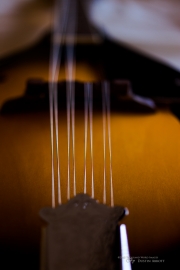





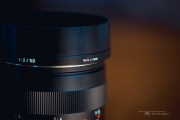
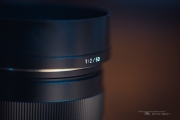
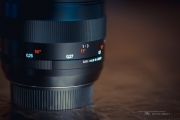
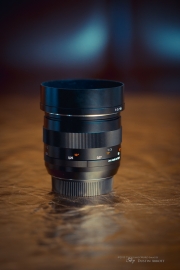


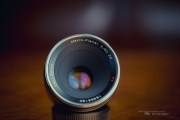
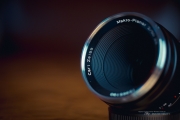

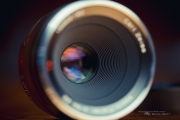
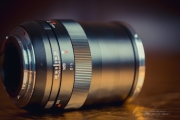

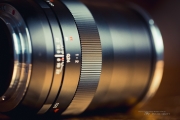

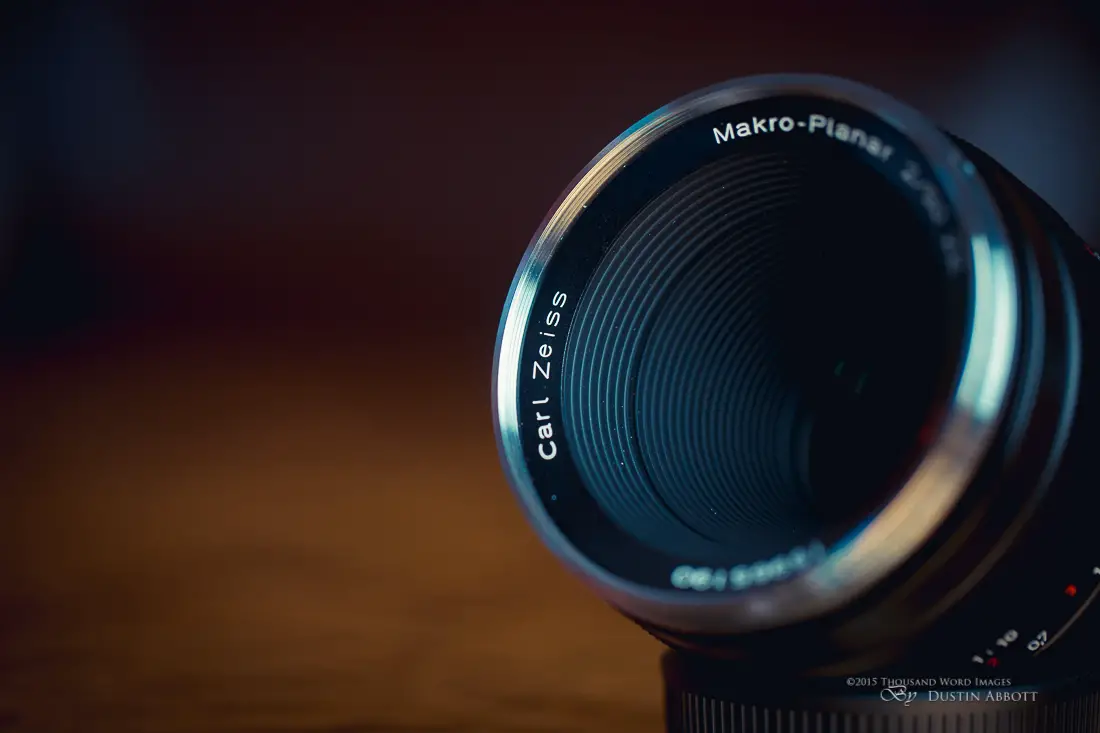








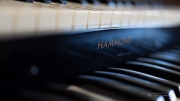
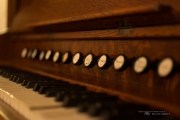








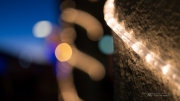


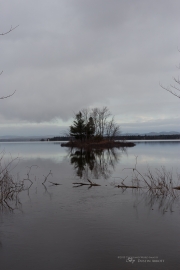


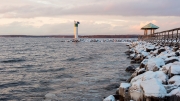

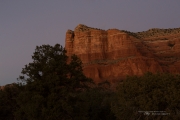






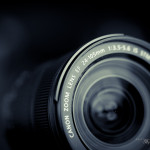
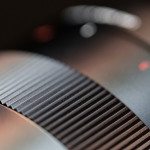
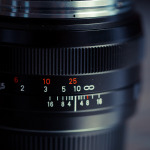

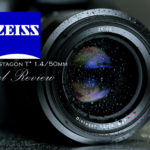
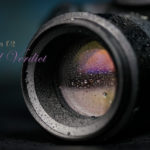
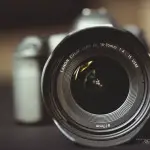
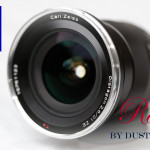
focusing stiffness is normal in cold climate, in summer it is smoother.
I’m sure you are right, although I used it for two weeks in Arizona (temperature in the 60s F/high teens low 20s C) and the weight is still heavier than other Zeiss lenses I’ve used.
Hi Dustin,
Thank you first of all for all your advices and happy new year.
I am new in this photography journey and many of the times I am a bit puzzled with the endless possibilities of making things happened.
My first gear is a used 5D m2 and Zeiss Macro Planar 50mm. It is just an interesting universe for me. I am deep into Photoshop and lightroom.
I was trying to see passed year that was is the step for me into the world of photography and product photography and landscape are my favorites that sticked with me.
For the time being, jewellery photography is where I am focused in. Apart from it i am doing work on other fiels like bads, shoes, food… however, jewellery seems challenging.
On the way of search is that I noticed that my lens is 1:2 magnification. I am a Zeiss lens ONLY person, and I do not think to move from it, even if the cost bits me sometimes…. Nevertheless, it appears that gem stones and other small objects need a 1:1 macro.
My question is:
Is my 50mm macro enough to do the job?
If not do you think that an extension tube would make it 1:1, any draw backs using extension? Any extension brand you would suggest?
I have done some research on Canon 180mm macro. Can this lens be a replace for anything that will slow the work with Zeiss MF. I can alternate the lenses if time demands speed, however , i am a manual oriented person, i take my time.
Do you think Canon EG-S precision focus screen is necessary, i read your review.
Any other comments on this products photography gear will help. I don’t want to spend money in wrong buying.
Sending my best regards and wishes for 2016
Fatlind